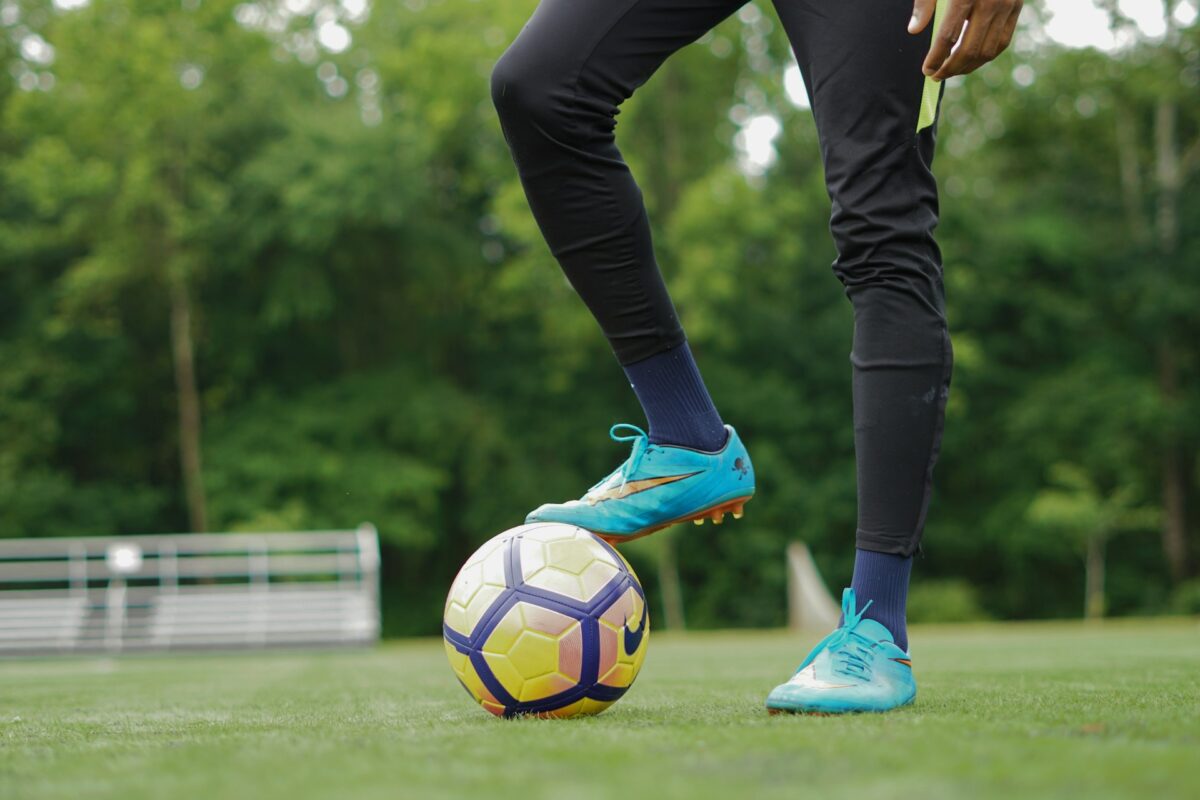
How to Take Care of Your Soccer Cleats and Make Them Last Longer
Soccer cleats are essential gear for every player, offering support, comfort, and traction on the field. However, with constant use, they can wear down quickly if not properly cared for. If you’re a passionate soccer player, you know how important it is to maintain your cleats so they perform at their best. By taking a few simple steps, you can extend the life of your cleats, saving money and keeping them in top condition.
Here are some tips on how to take care of your soccer cleats and make them last longer:
1. Clean Your Cleats After Every Game
After each game or practice, make sure to clean your cleats. Dirt, mud, and grass can damage the materials, especially if left to dry on the cleats. Use a soft cloth or brush to remove any excess dirt from the outside. You can also use warm water and a mild soap solution to wipe them down. Avoid using harsh chemicals, as they can weaken the leather or synthetic materials.
For the inside of your cleats, remove the insoles and let them air dry. If necessary, wipe the interior with a damp cloth to get rid of any sweat or grime. Keeping your cleats clean helps maintain their shape and prevents bacteria buildup, ensuring they remain fresh and comfortable.
2. Dry Them Properly
After cleaning, it’s crucial to dry your cleats properly. Never throw them in the dryer or place them on a heater, as excessive heat can cause the materials to warp, crack, or shrink. Instead, stuff your cleats with newspaper or a towel to absorb moisture and leave them to air dry at room temperature. This will help preserve the shape of the cleats and prevent any damage caused by direct heat.
If you need to dry them quickly, consider using a shoe dryer designed for athletic footwear. These devices gently dry your cleats without causing harm.
3. Store Your Cleats Correctly
When you’re not using your cleats, always store them in a cool, dry place. Avoid leaving them in a hot car or a damp locker, as heat and humidity can cause the materials to break down faster. A shoe rack or a breathable bag is a great option for storing your cleats, as it allows air circulation and prevents moisture buildup.
If you’re storing your cleats for an extended period, such as during the off-season, ensure they are clean and dry before putting them away. This prevents mold and mildew from developing inside the shoes.
4. Check for Damage Regularly
Regularly inspect your cleats for any signs of damage, such as worn-out studs, loose stitching, or cracks in the material. Pay attention to the soles, as they can wear down over time and affect your performance. If you notice any damage, repair it as soon as possible to avoid further issues. For instance, if a stud is missing or broken, you can usually replace it with a new one. Replacing the studs before they wear down too much will help prevent damage to the rest of the shoe.
If you have leather cleats, check for any scuffs or tears in the material. Leather conditioner can help restore the shine and flexibility of the material, keeping your cleats looking and feeling new for longer.
5. Rotate Your Cleats
If you play soccer frequently, consider rotating between two pairs of cleats. This allows each pair to dry out properly and reduces wear and tear. By giving your cleats time to rest between games, you can significantly extend their lifespan.
Rotating cleats also allows you to choose the right pair for different playing conditions. For example, you might prefer a pair with longer studs for wet fields or a lighter pair for dry turf. Having multiple pairs on hand will give you more flexibility and help preserve the cleats you use less frequently.
6. Avoid Overusing Cleats for Non-Soccer Activities
While soccer cleats are designed to handle the demands of the game, they’re not built for everyday wear or other sports. Avoid wearing them to the gym, on pavement, or for casual use. Non-soccer activities can put unnecessary stress on the shoes, causing them to wear out much faster. Save your cleats for soccer-related activities to ensure they last longer and perform at their best when you need them.
7. Use the Right Cleats for the Surface
Different types of cleats are designed for different surfaces. Make sure you are using the right pair for the field you’re playing on. For example, firm ground cleats (FG) are designed for natural grass, while soft ground cleats (SG) are better for wet, muddy conditions. Artificial turf cleats (AG) are designed for synthetic fields, and indoor shoes (IC) are built for indoor courts. Using the appropriate cleat for each surface helps prevent excessive wear and tear on the cleats, ensuring they last longer.
8. Replace Worn-Out Cleats
No matter how well you care for your cleats, they will eventually wear out after extensive use. It’s important to replace them when they no longer provide the support and comfort you need. Worn-out cleats can lead to discomfort or even injury, so be mindful of their condition. Signs that it’s time to replace your cleats include a loss of traction, worn-down studs, and damage to the sole or upper materials.
By following these simple steps, you can take better care of your soccer cleats and ensure they last longer. With proper cleaning, drying, and storage, you can maximize their lifespan and continue to perform at your best on the field. Treat your cleats with the care they deserve, and they’ll serve you well for many seasons to come!
4o mini